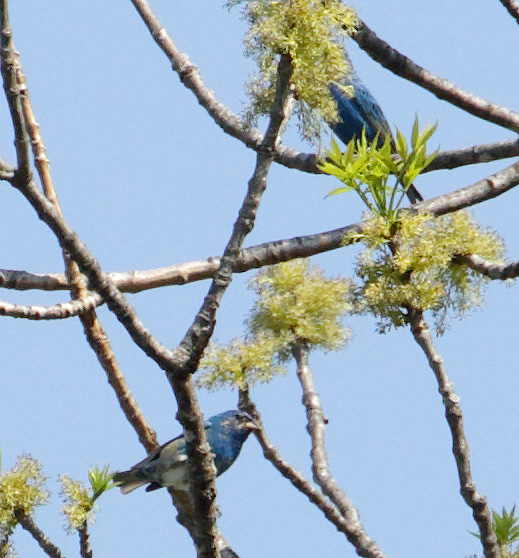
Indigo Buntings
It was sunny and hot today, with afternoon temperatures forecasted to be in the upper 80s. Walt Childs and I went out looking for warblers and other migrating species, and decided to go first to Hillandale Park in Harrisonburg, Virginia, and then head to higher and cooler elevations for the rest of the day. We saw very few birds at Hillandale Park, but these birds included one warbler (Yellow-rumped) and my first of season Indigo Bunting.

Indigo Buntings
We then headed south and made a quick stop at Silver Lake in Dayton. We saw an Osprey on the way there, and only a few species in the lake.
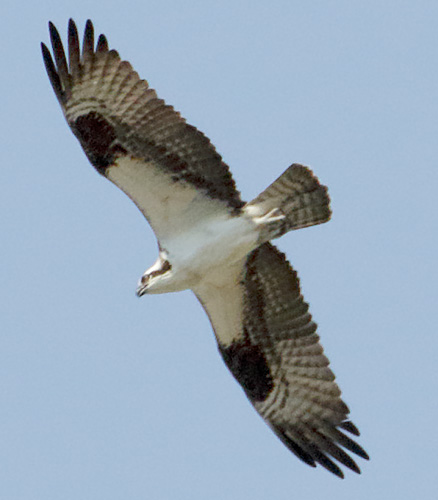
Osprey

Mute Swan
We decided to try Reddish Knob for our higher elevation birding. As we drove there, we talked about the Forest Service's controlled burn that I thought had been done about 10 days earlier. But as we approached Briery Branch Road, we could see large smoke clouds and smelled the burning vegetation. Perhaps we should have gone somewhere else? When we got to the reservoir at the base of the climb up to Reddish Knob, we saw several Forest Service workers, a helicopter, and the burning of ground vegetation very close to the reservoir. We stopped and talked with the Forest Service workers, and were told that Briery Branch Road was open, that the higher elevations had already been burned, and that soon after starting the ascent, we would be above the smoke. The wind was blowing to the north and away from our route.
|

American Redstart
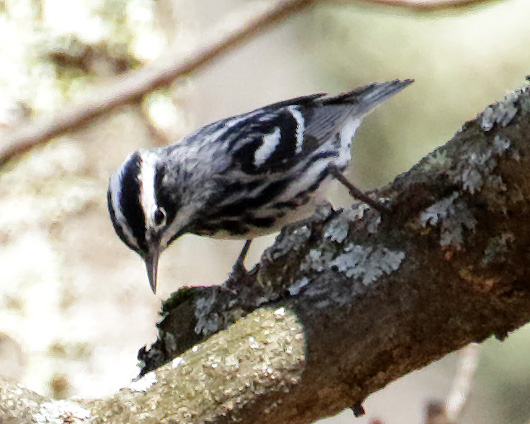
Black and White Warbler

Black and White Warbler
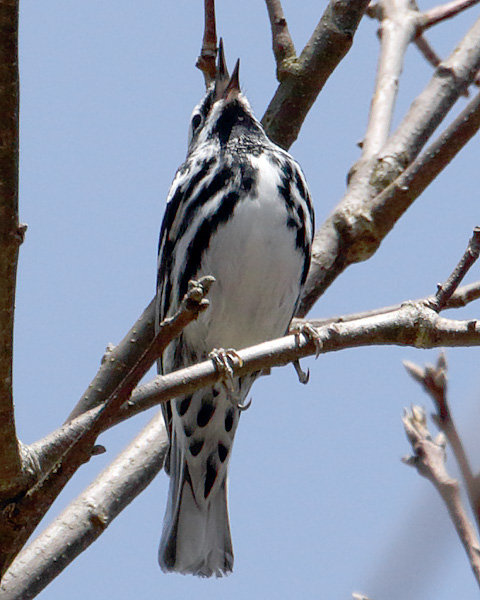
Black and White Warbler
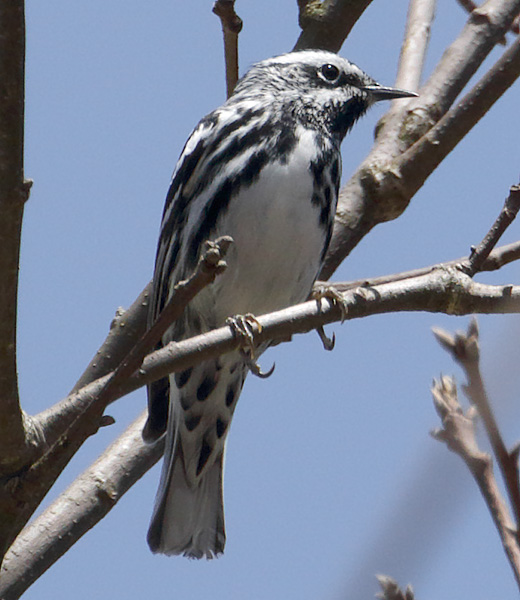
Black and White Warbler
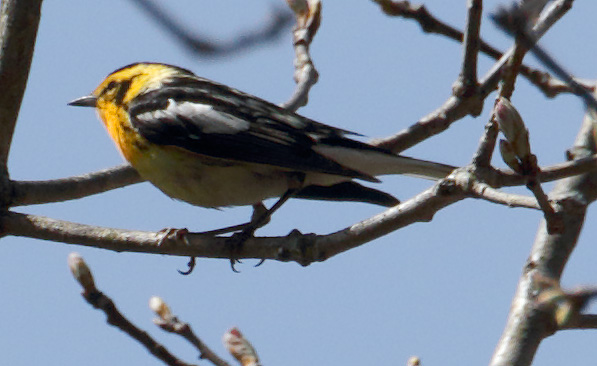
Blackburnian Warbler
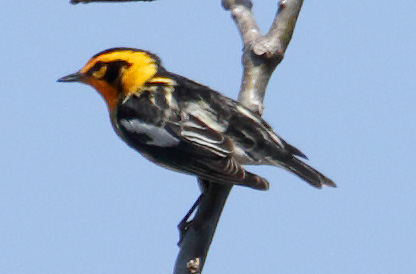
Blackburnian Warbler
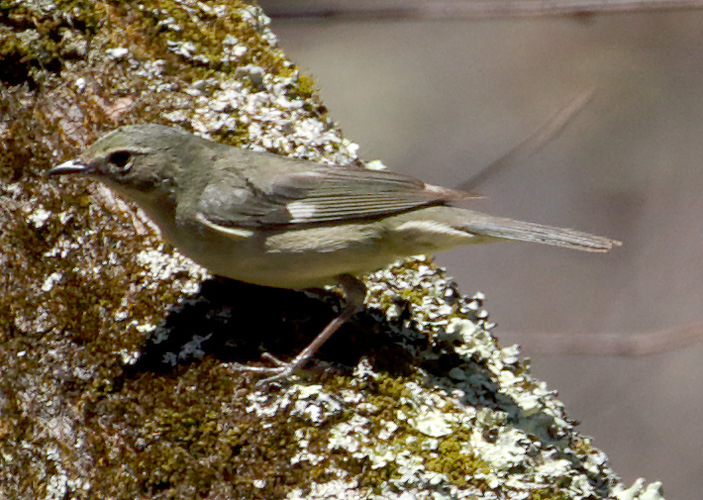
Black-throated Blue Warbler (female)

Black-throated Blue Warbler
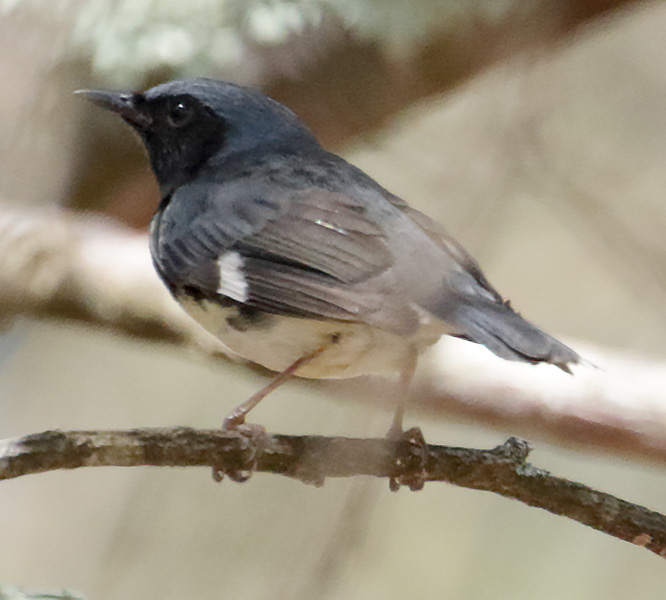
Black-throated Blue Warbler

Black-throated Blue Warbler
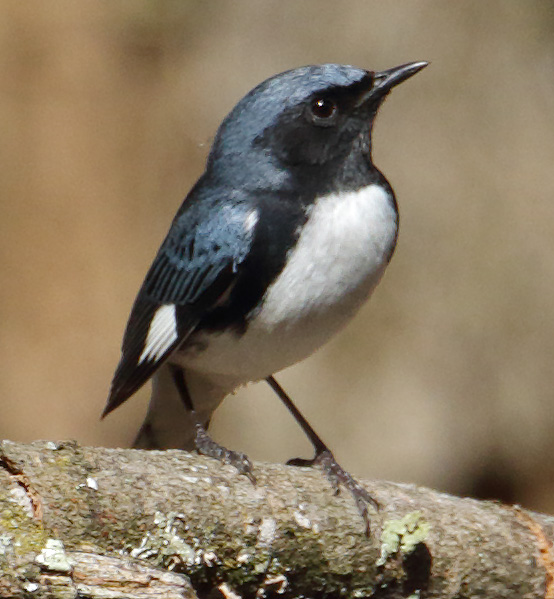
Black-throated Blue Warbler
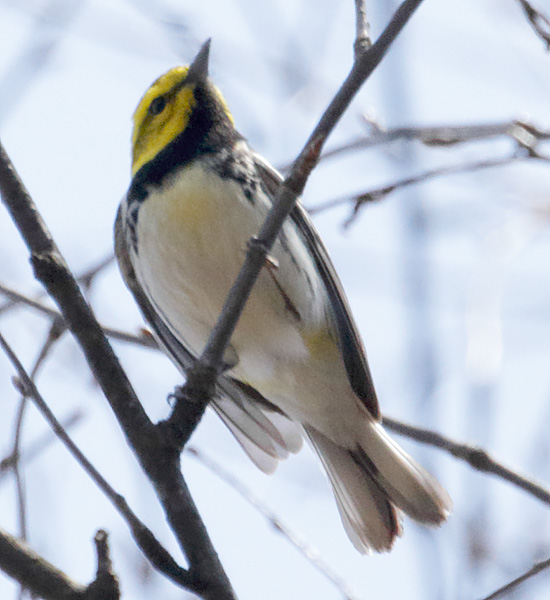
Black-throated Green Warbler
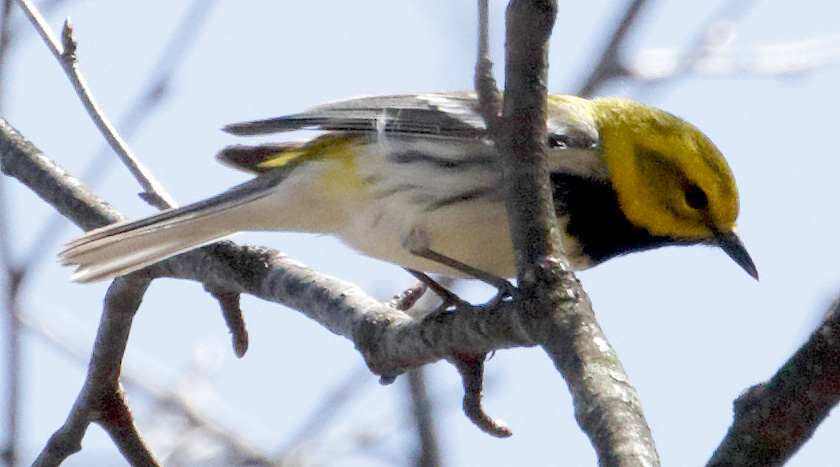
Black-throated Green Warbler
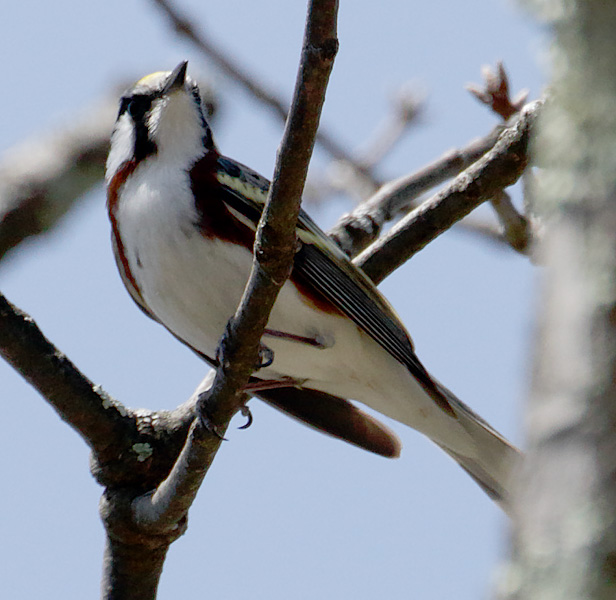
Chestnut-sided Warbler
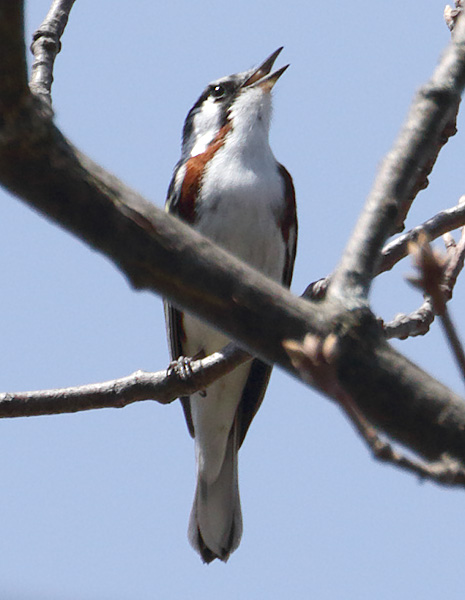
Chestnut-sided Warbler
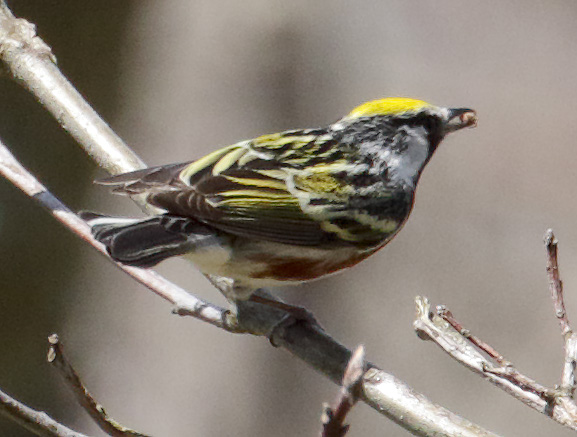
Chestnut-sided Warbler
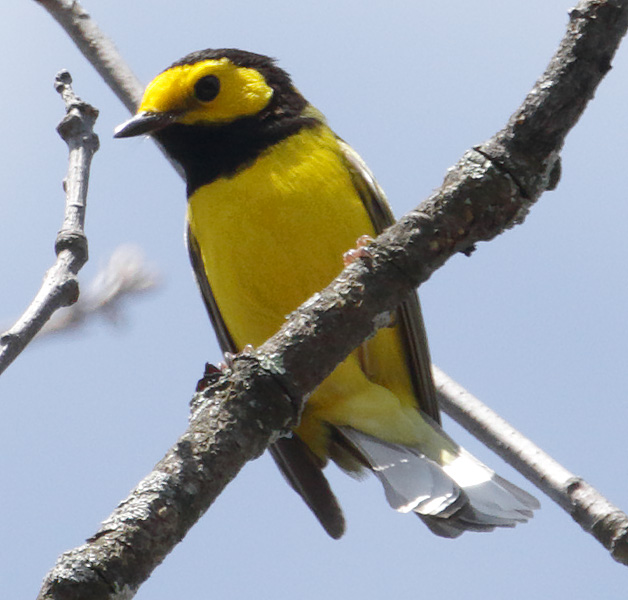
Hooded Warbler

Hooded Warbler
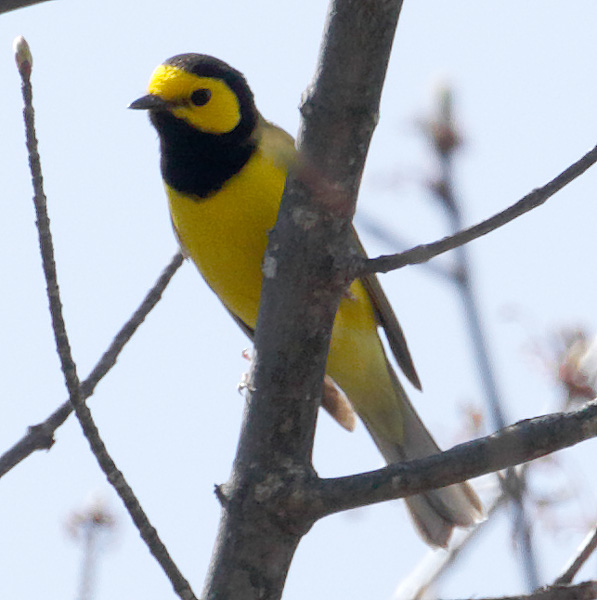
Hooded Warbler
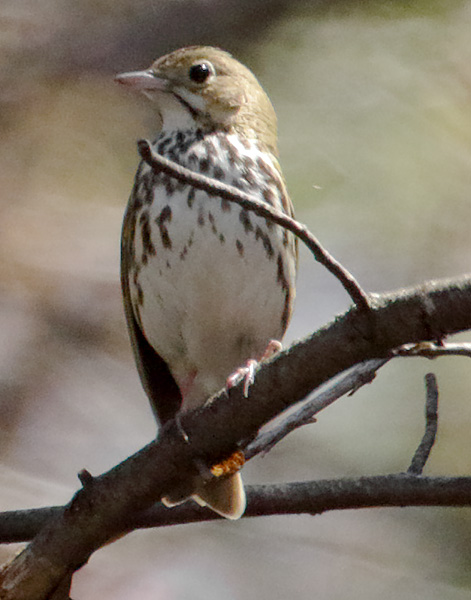
Ovenbird

Ovenbird
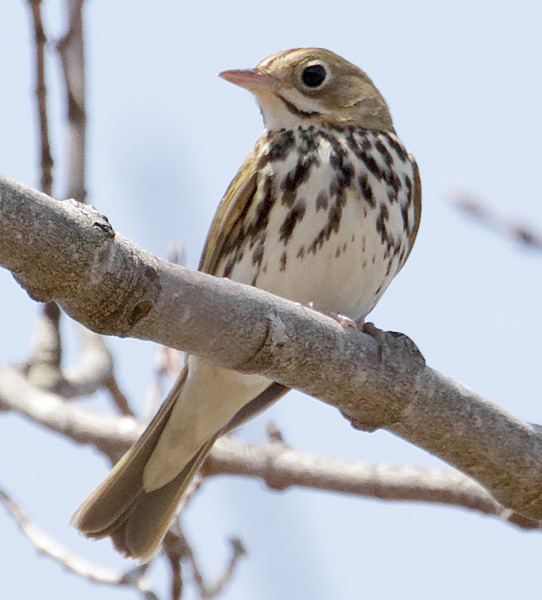
Ovenbird
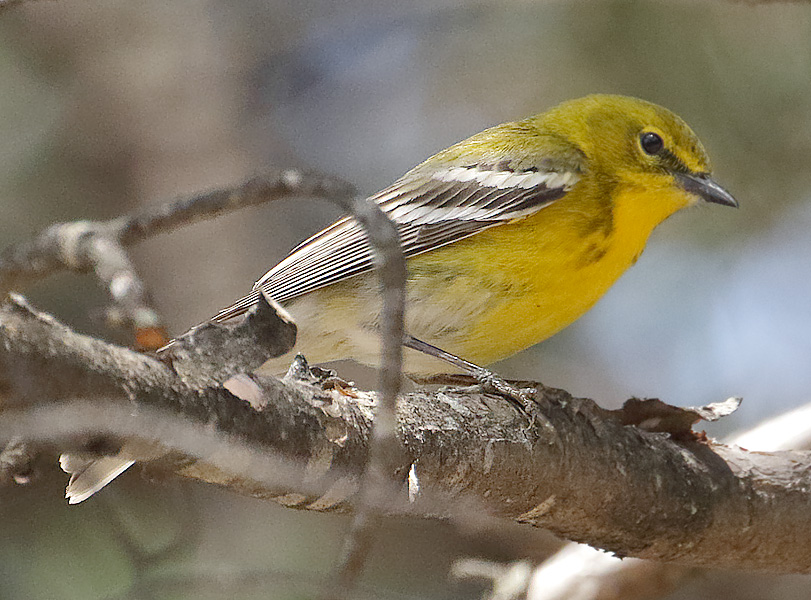
Pine Warbler

Pine Warbler
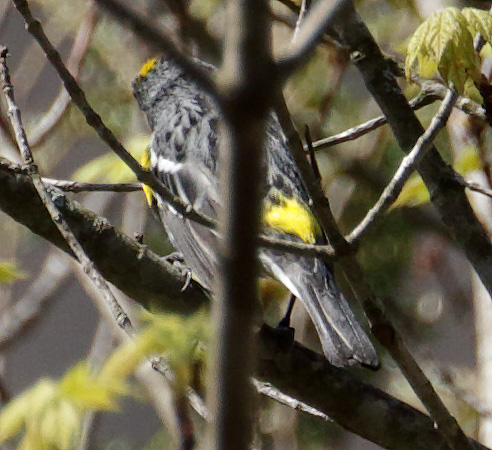
Yellow-rumped Warbler
We saw a few non-warbler species there as well, but very few birds above 4,000 foot elevation. We saw a White-breasted Nuthatch walking on a log with its tail feathers spread open. I don't think that I have ever seen one with its tail spread before.
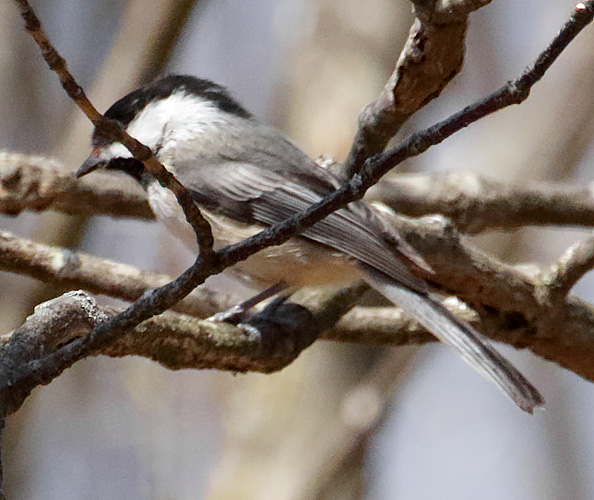
Black-capped Chickadee
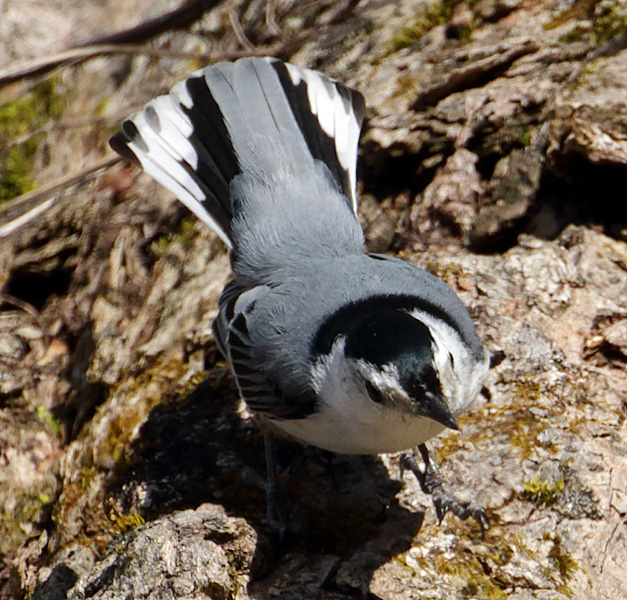
White-breasted Nuthatch

White-breasted Nuthatch

Blue-headed Vireo
On our way down the West Virginia side, I saw some unusual tree fungus.
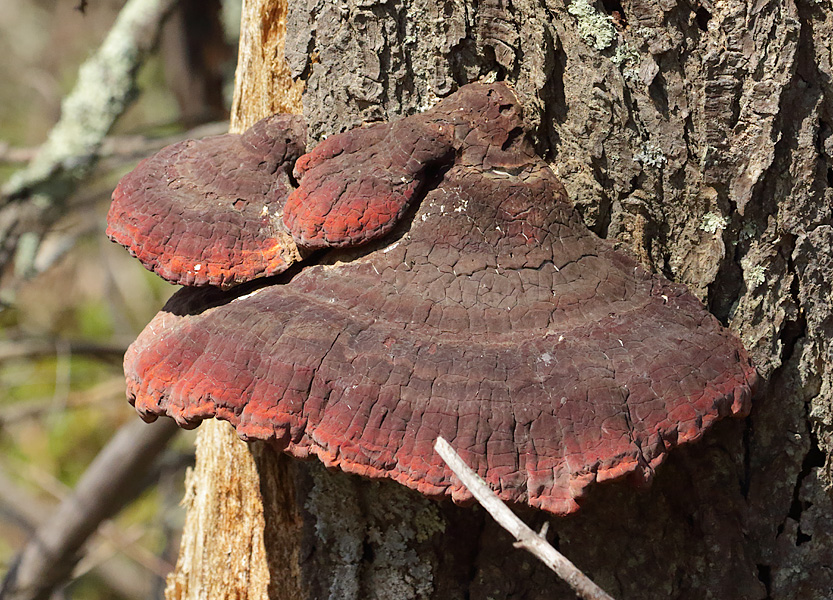
Tree fungus
On our way back, we stopped at Ramsey's Draft on Route 250, and saw our third Blackburnian Warbler of the day, and ended the trip with 46 avian species.
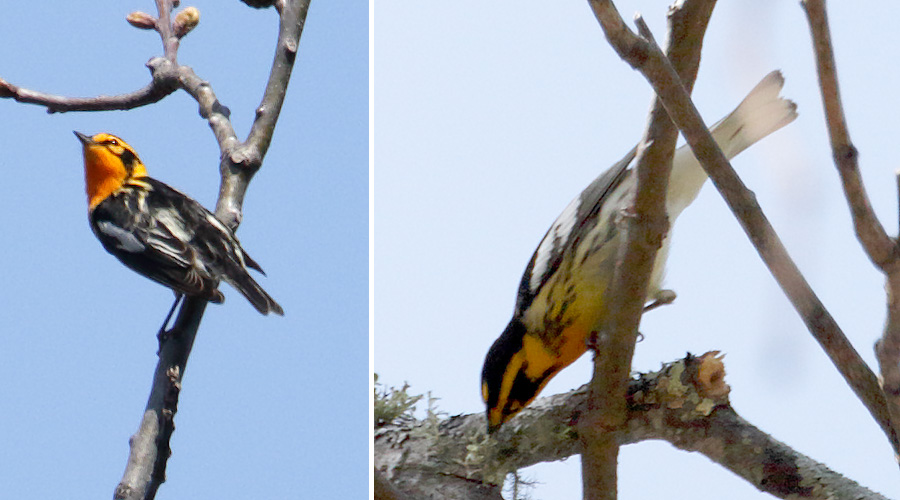
Blackburnian Warbler